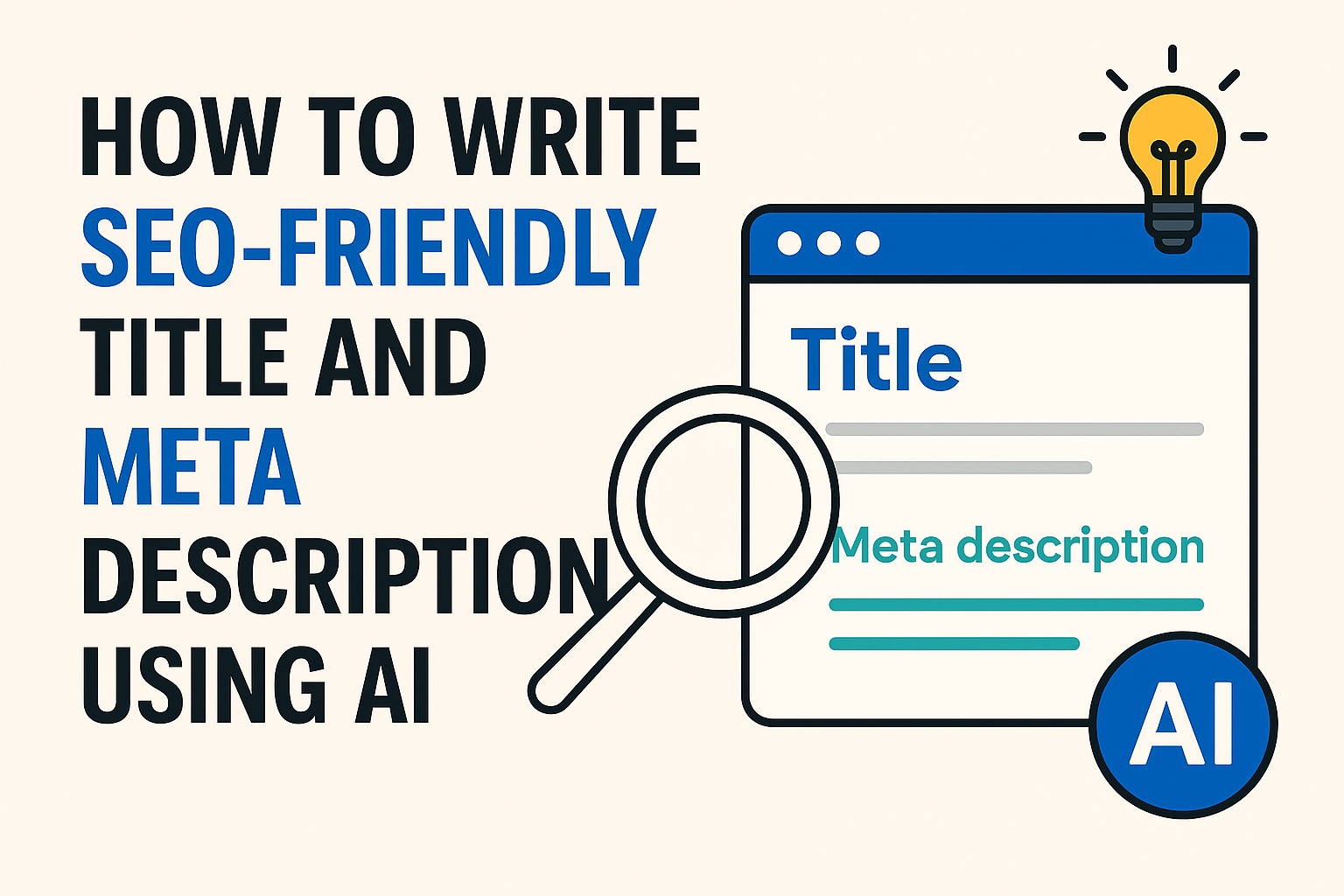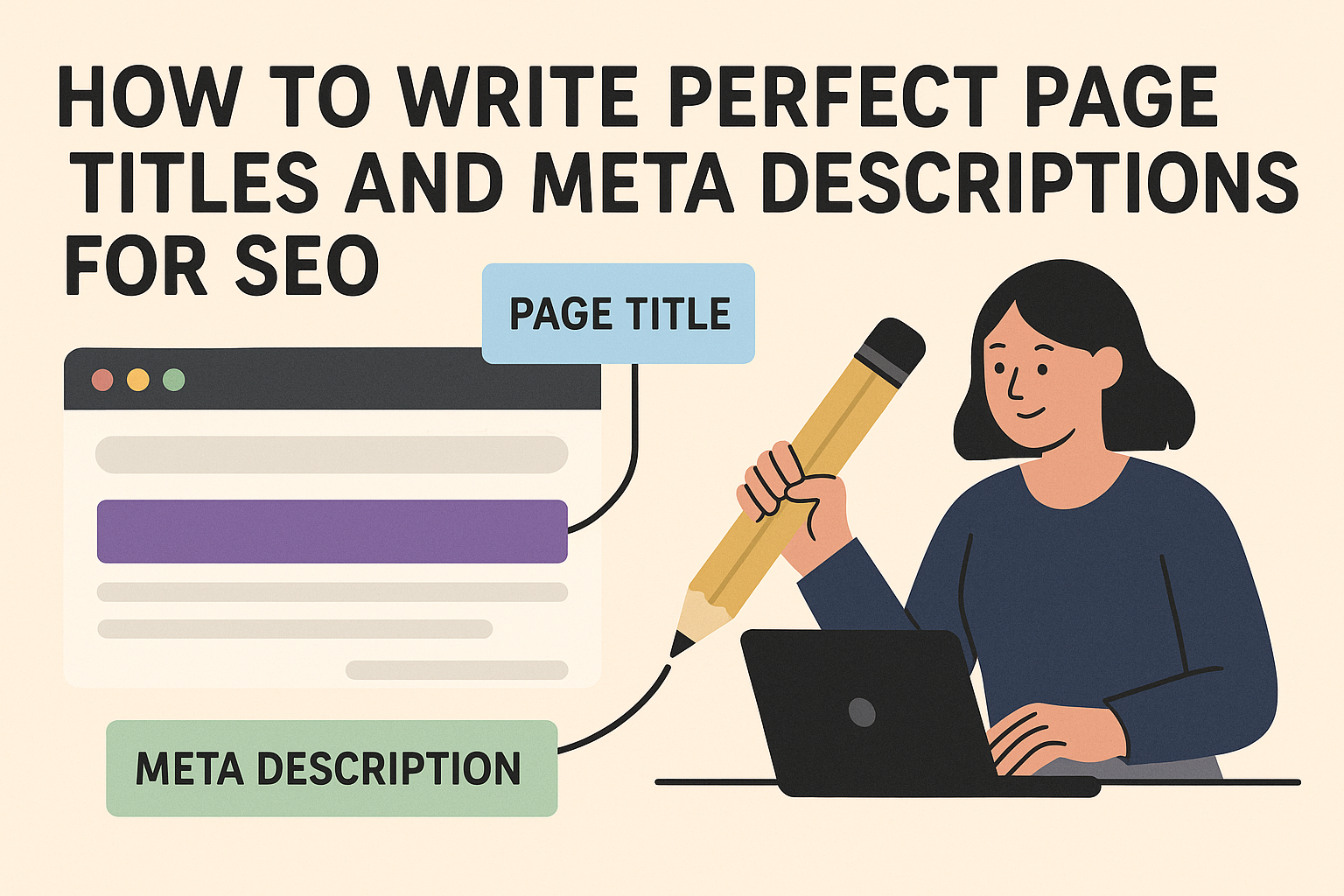URL Structure Best Practices for SEO in 2025
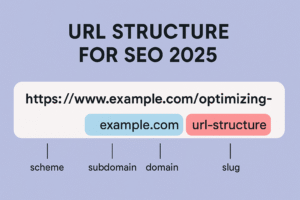
When it comes to optimizing your website for search engines, one of the key elements that is often overlooked is the structure of your URLs. Having an SEO-friendly URL structure not only improves the user experience but also helps Google better crawl and index your content. In 2025, understanding the best practices for URL structure is more important than ever. In this article, we’ll cover the essential URL structure best practices and how they impact your SEO efforts.
Why URL Structure Matters for SEO

URL structure plays a crucial role in determining how your website is perceived by search engines and users alike. A well-structured URL can improve your rankings, increase click-through rates, and make your site easier to navigate. On the other hand, poorly structured URLs can create confusion for both search engines and visitors, resulting in missed opportunities for ranking and traffic.
Best Practices for SEO-Friendly URLs

Here are some of the best practices for structuring your URLs in a way that aligns with Google’s SEO guidelines:
1. Keep URLs Simple and Descriptive
Your URLs should be easy to read, simple, and descriptive. Avoid using long strings of numbers or irrelevant characters. Instead, focus on using words that reflect the content of the page. Google values clarity, so clear, concise URLs are a must.
For example:
-
Bad URL: www.example.com/product12345
2. Use Hyphens Instead of Underscores
Google recommends using hyphens (-) to separate words in a URL rather than underscores (_). While both characters can technically work as a separator, Google interprets hyphens as spaces, making the URL more readable and SEO-friendly.
Example:
3. Include Your Focus Keyword in the URL
Including your focus keyword in the URL is a powerful way to enhance the relevance of the page for search engines. This helps Google understand the context of the page and can improve your rankings for the targeted keyword.
Example:
-
Focus keyword: “SEO-friendly URL”
4. Keep URLs Short and Sweet
While it’s important to include relevant keywords, you should also aim to keep your URLs as short as possible. Long URLs can be cumbersome for both search engines and users. They may also get cut off in search results, negatively affecting click-through rates.
Example:
-
Long URL: www.example.com/2025/01/20/best-url-structure-practices-for-seo-in-the-new-year
-
Short URL: www.example.com/seo-url-best-practices-2025
5. Avoid Using Special Characters
Special characters like &, %, $, @, etc., can complicate URLs and may not be correctly interpreted by search engines. Stick to alphanumeric characters and hyphens to ensure your URLs are both readable and crawlable.
6. Leverage URL Hierarchy for Organization
Ensure that your website’s URL hierarchy reflects its structure. Categories and subcategories should be clearly defined. For example, a URL for a blog post should include the category name before the post name.
Example:
Handling URL Parameters
Many websites use URL parameters (e.g., ?id=123&category=seo). While these can be useful for tracking and filtering content, they can cause SEO problems if not handled properly. Google recommends using canonical tags to avoid duplicate content issues that can arise from parameter-driven URLs.
If you use URL parameters, make sure they are optimized and avoid unnecessary repetition.
The Role of URL Structure in Google’s Ranking Algorithm
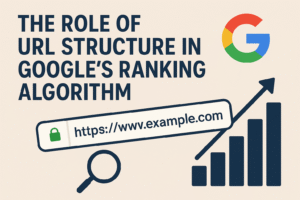
Google’s ranking algorithm takes multiple factors into account when determining the relevance and authority of a page. URL structure is one of these factors. Well-structured URLs improve a page’s chances of being indexed correctly by Google and can positively impact rankings.
Using Focus Keywords in Subheadings (H2, H3)
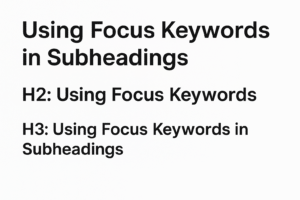
To further optimize your content, consider including your focus keyword in subheadings throughout the page. Search engines use these subheadings to better understand the structure of your content. For example:
-
H2: “Why SEO-Friendly URL Structure Matters for Rankings”
-
H3: “Key Benefits of Implementing URL Best Practices”
Internal and External Links
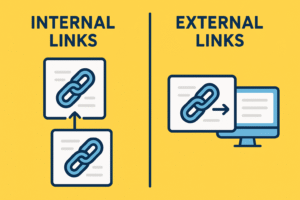
To enhance the SEO value of your content, add both internal and external links. Internal links help search engines crawl your site, while external links to authoritative resources add credibility to your content.
Example:
-
Internal Link: “For more SEO tips, check out our guide on SEO optimization strategies.”
-
External Link: “Google’s full URL structure guidelines can be found on their official documentation page.”
Optimizing for Image SEO

Adding images to your content can enhance user engagement and SEO. For each image, ensure the alt text includes your focus keyword. This improves the accessibility and relevance of the image, particularly for search engines.
Example:
-
Image Alt Text: “SEO-friendly URL structure best practices 2025”
Conclusion
Adhering to URL structure best practices is essential for SEO success. By following these guidelines, you can ensure that your URLs are both user-friendly and search-engine optimized, which can result in better rankings, more traffic, and a better overall user experience.
